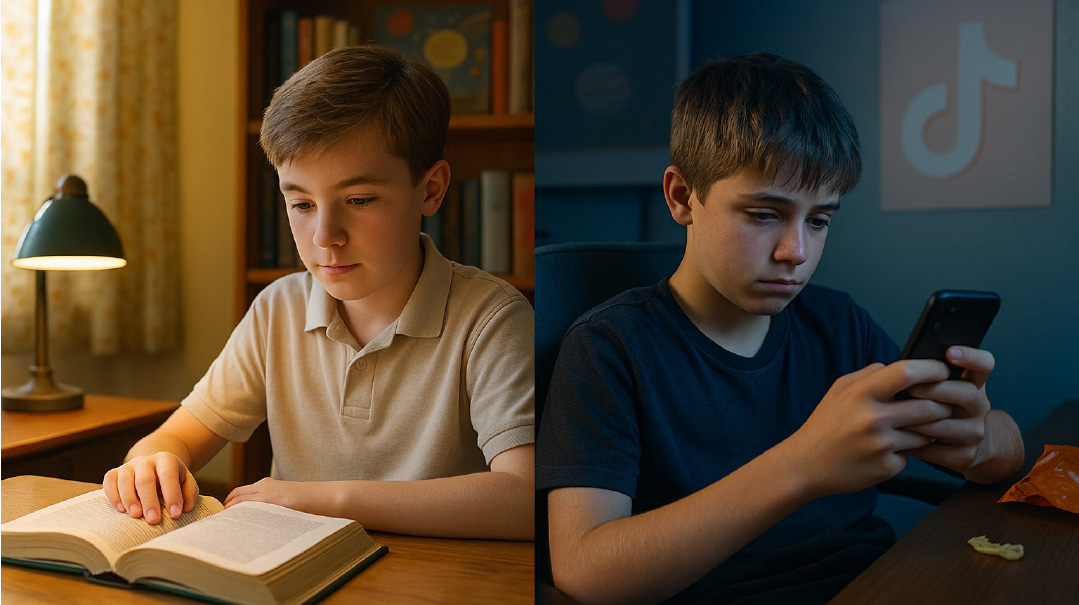Just One Shabbos

Thank you, Rabbi Goldstein, for rekindling our faith in the pintele Yid just waiting to be ignited
A
ll those who are pessimistic about the future of Diaspora Jewry — myself included — should take heart from the success of the Shabbos Project. Last year, a million Jews participated in various Shabbos events — challah bakes, Shabbos-oriented classes, Havdalah concerts and everything in between, and even more are expected this coming Shabbos.
Though not all will be keeping a full Shabbos, that figure demonstrates nevertheless that there are still many Jews who are seeking genuine Jewish experiences and who are deeply moved by sharing those experiences with other Jews across the spectrum of Jewish observance.
South Africa’s Chief Rabbi Warren Goldstein first conceived the initial Shabbos Project in 2013 as a local South African initiative. But the overwhelming success of that first Shabbos Project encouraged him to look for ways to export that initiative across the globe. This year the Shabbos Project will be taking place in 1,500 cities in 105 countries on Shabbos parshas Vayeira.
From the beginning, the emphasis has been on enabling Jews to experience “the transformative power” of a full Shabbos. Rabbi Goldstein’s shrewdest insight was that Jews are much more likely to try something completely new if they know that they are being joined by tens of thousands of fellow Jews like them around the world. Thus the slogan of the Shabbos Project — “Keeping It Together.”
Lana Wilder describes her feelings walking into her first Great Arizona Challah Bake at the Phoenix JCC in 2014: “I was overwhelmed by a feeling of awe, by the spirit and presence of hundreds of Jewish women from all walks of life. For the first time I realized the connection I had to countless generations of powerful, wonderful Jewish women stretching from our foremother Sarah Imeinu all the way through my mother, to me, and to my three amazing daughters… And at that moment, I realized that I had an obligation to maintain that 4,000-year-old chain…”
She was then “an unaffiliated, unobservant secular Jew married to an unaffiliated non-Jew.” Today she and her husband have kashered their kitchen and kept every Shabbos since their first Shabbos Project, and her husband is in the “home stretch” of completing his geirus.
That first experience of Shabbos has proven to be the gateway to full religious observance for many. The first year of the Shabbos Project, the Barber family lived too far from shul to walk, so they kept an entire Shabbos for the first time at home. Two years later, they had moved to within four blocks of their Phoenix shul and “were actively engaged in a shomer Shabbat community.”
Sandy Zarkin of Mexico City credits the Shabbos Project with not only “serving as a gateway to Shabbat, but as the gateway to a renewed Jewish identity.” Before the Shabbos Project, her husband had always opposed her efforts to introduce more Jewish observance into their home. Today they “learn more and like more” every day. And weekly synagogue attendance on Shabbos has become a “very important part of [her husband’s] life.”
GIVEN THE NUMBER of partnerships involved in the Shabbos Project — approximately 8,500 world-wide — the Shabbos Project has of necessity become a highly decentralized, grassroots movement. World headquarters in Johannesburg and Tel Aviv supply material in eight languages and provide guidance with messaging and social media. But the success of the Shabbos Project ultimately depends upon the determination of the local partners.
The Shabbos Project has provided a platform to unleash the creativity of thousands of activists and to facilitate bringing together masses of Jews. It is much easier to invite a colleague or relative for a full Shabbos if one explains that it is the Shabbos Project, and Jews across the religious spectrum will be participating. That is especially so if there is material readily available created for those not familiar with Shabbos observance and 25 hours of planned activities. And if even a full Shabbos is too much for the invitee to contemplate this year, how about starting with the Challah Baking and Havdalah Concert, and renew the Shabbos invitation the next year?
The array of venues is staggering: from 50 teenagers camping out on the floor of the Detroit Aish Center for an entire Shabbos to 30 Israeli backpackers hosted by Sandra Balaban at her Bait Kasher lodge by the scenic Puerto Iguazu Falls in northwest Argentina. Rabbi Moshe Fhima in Pinsk, Belarus, posted notices of the Shabbos Project, and within 48 hours all 300 places were filled, with Jews traveling as many as 16 hours by train to participate. At the end of Shabbos, three parents registered their children, who had not even had a bris and did not know what kosher food is, for the local Jewish school.
Thank you, Rabbi Goldstein, for rekindling our faith in the pintele Yid just waiting to be ignited.
Step Out of the Picture
Mrs. Debbie Greenblatt, a well-known educator and regular contributor to Family First, was sitting shivah for her mother, Mrs. Edith Bistritz a”h, last week.
Mrs. Greenblatt described her mother as the embodiment of tzniyus, not in the common usage of tzniyus in dress, but in the overarching sense of having no need to call attention to herself. Because she had no need for the spotlight, Mrs. Greenblatt commented, “she enabled all around her to shine.” That single sentence encapsulated a dozen shiurim on tzniyus.
Mrs. Greenblatt’s portrait of her mother struck me with force and made me realize how rare genuine tzniyus is. And like anything rare, that quality fills its possessor with great power. In Mrs. Bistritz’s case, that power was to bring out the best in others by giving them the stage.
Here is another example of the power of hisbatlus (self-negation). A genuine anav, one who never compares himself to others, draws others to him or her and is able to influence them positively. Thus Moshe Rabbeinu — the most humble of all men — is also the greatest teacher in history.
In Golden Apples, a collection of Rav Aaron Lopiansky’s essays on Sefer Bereishis — essays which offer a rare combination of deep Torah with insights that one can apply to one’s life — Rav Lopiansky argues that the quality of hisbatlus (self-negation) at its highest level creates such close connection with the Creator, that one gains access to the Divine will.
The Jewish People are described as both avadim (servants) and banim (children) of Hashem. The Ramchal defines the difference: For the servant all that is necessary is to know his master’s commands. For the son, however, the goal is to understand the full intent behind the command so that he can perform his father’s will.
But how can mortal man access the Divine will? Rav Lopiansky finds a hint in a conundrum. The mishnah in Pirkei Avos (2:4) instructs us: Make His will your will so that His will is to do as you desire.” But if a person has no desire other than to do Hashem’s will, then what desires are left for Hashem, as it were, to make His own? Rav Lopiansky answers that when a person has made Hashem’s desires his own, then Hashem gives him access to the Divine intention that lies behind His commandments — to that which is not explicit. He is then able to fulfill the Divine will at a higher level.
As an example, when Avraham first approaches Hashem to urge that Sedom and Amorah be spared, he makes a straightforward argument easily understood: “Will the Judge of the entire world not do justice” by destroying the righteous and the wicked together?
Only when Avraham asks Hashem to spare the 5 cities if 45 tzaddikim can be found, does he preface his plea with the words, “I am dust and ashes.” Rashi explains that the second request was not an obvious one. It depended on discerning that Hashem’s true ratzon was to join Himself as a tenth if nine tzaddikim could be found in each city. Such discernment on Avraham’s part was only possible because he had completely subjugated his will to Hashem’s by making himself into “dust and ashes.”
While none of us will achieve the clarity of Avraham Avinu, we can each gain the power of influencing all those around us positively by reducing our focus on our own desires in favor of Hashem’s.
Originally featured in Mishpacha, Issue 785. Yonoson Rosenblum may be contacted directly at rosenblum@mishpacha.com
Oops! We could not locate your form.













